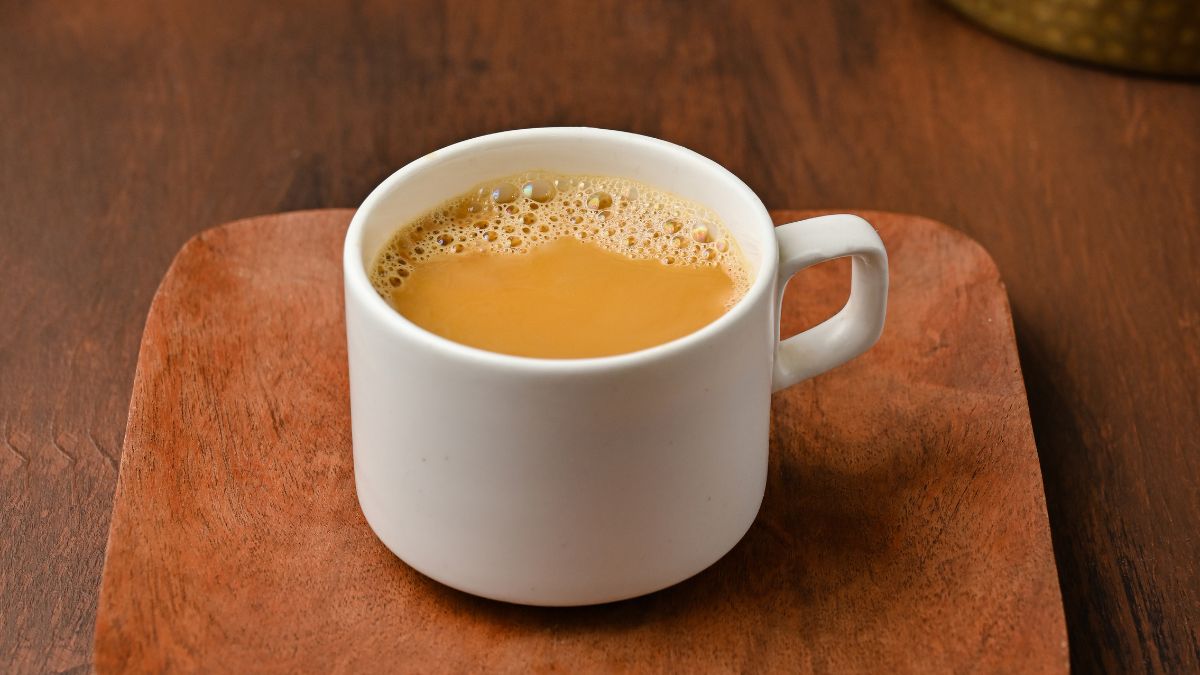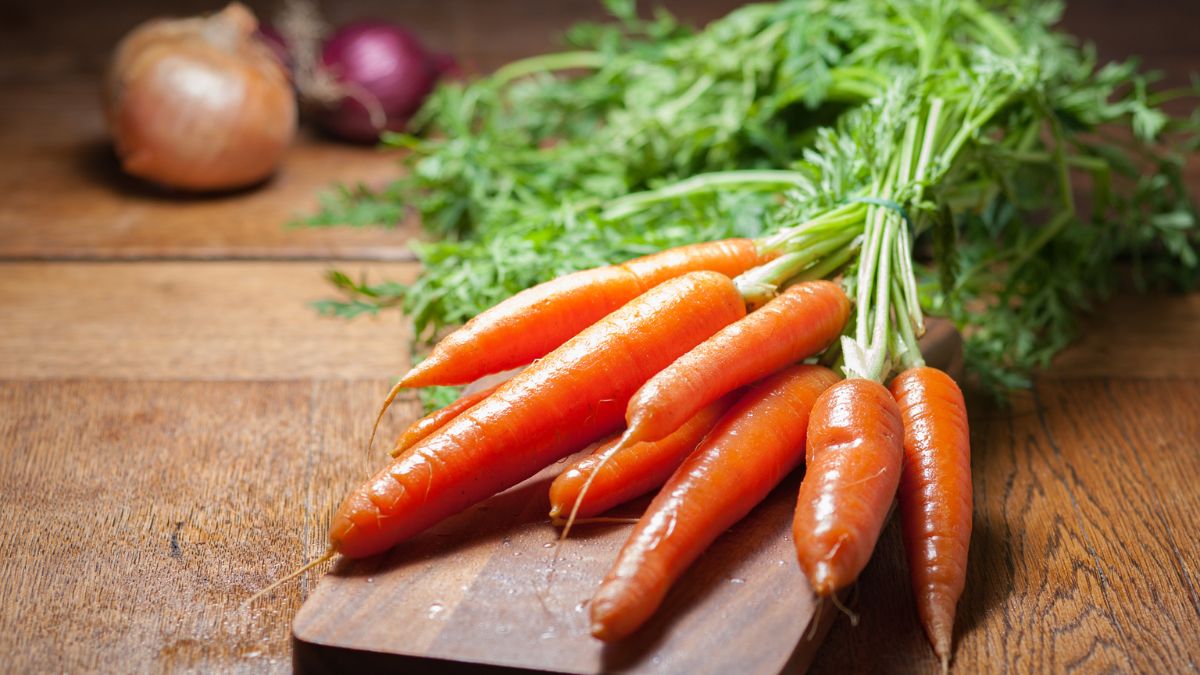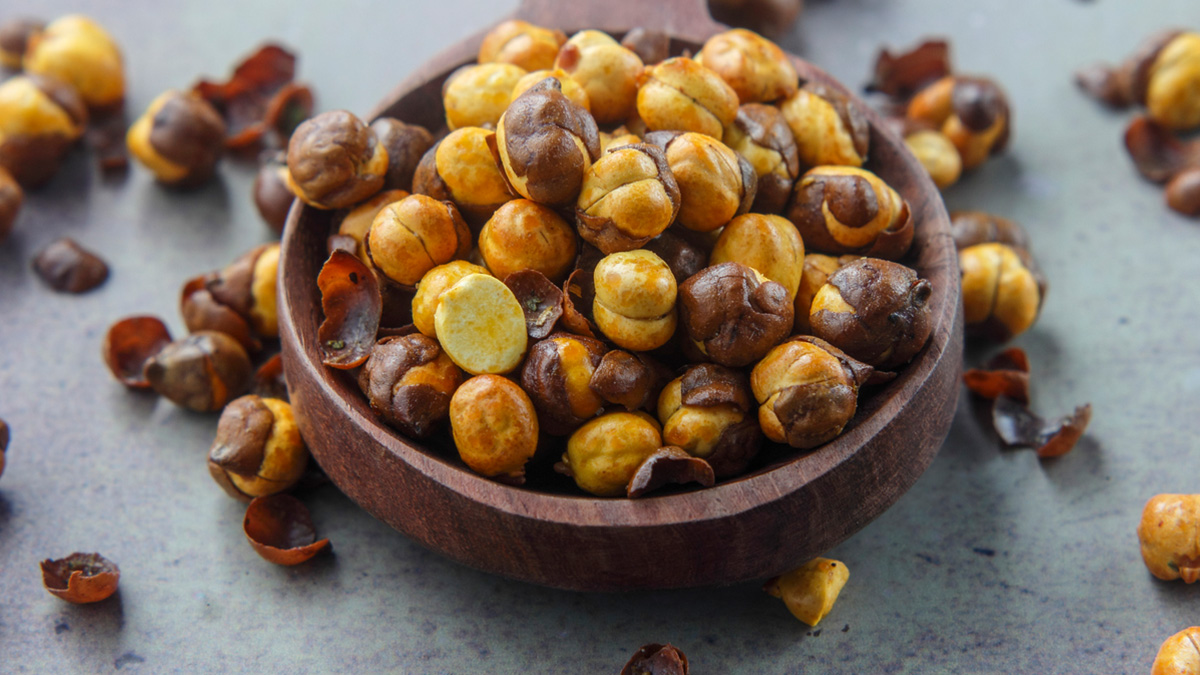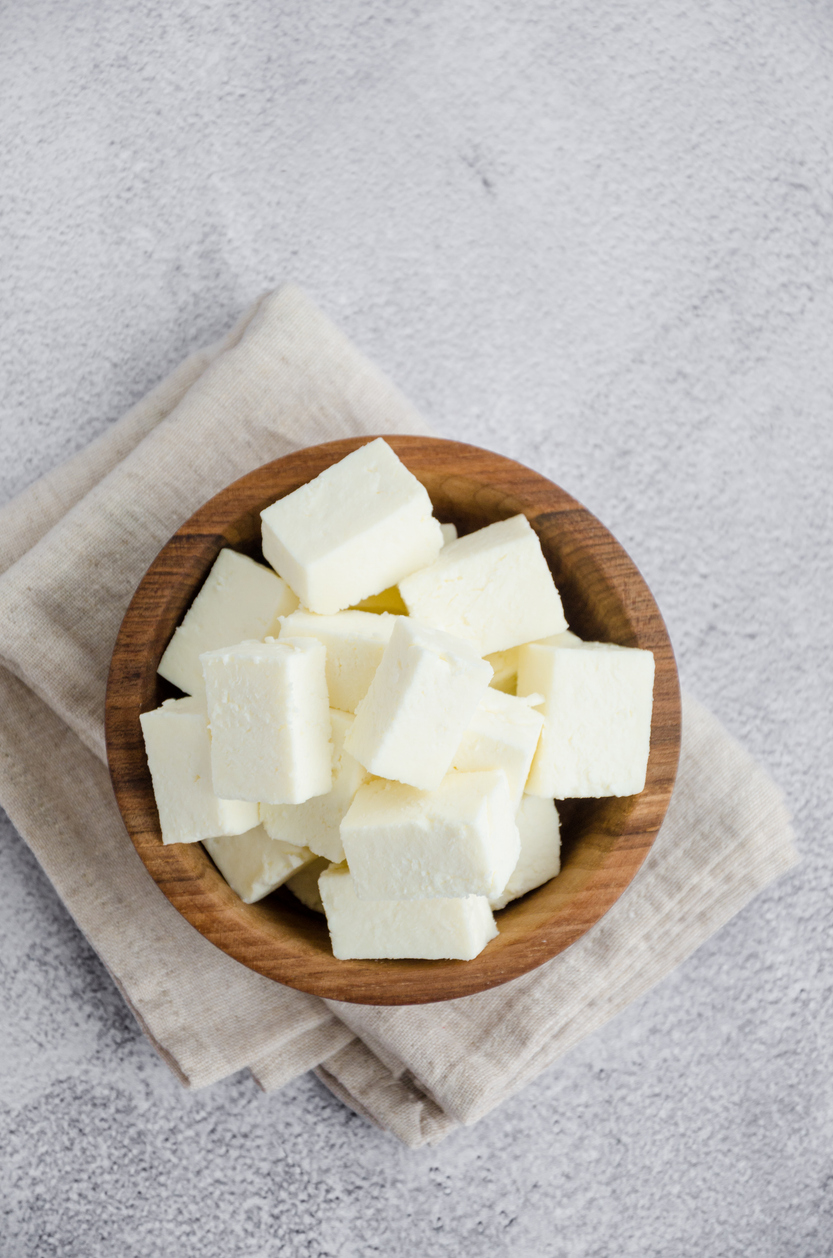Tomato rasam and sambar are two of the most beloved South Indian dishes. Both are staples in many households, cherished for their tangy flavours and aromatic spices. While rasam is traditionally enjoyed on its own, sambar is often paired with idli and dosa. Although both are healthy, have you ever wondered which one is lighter on the stomach and better suited for a weight-loss diet? In this article, we compare their nutritional value and find out which dish is more effective for slimming down.
Also Read: Tulsi Paan Rasam Recipe: The Ultimate Immunity-Booster For Monsoon Season
Tomato Rasam Vs Sambar: Quick Nutritional Comparison
| Dish | Calories Per | Protein | Fibre | Key Nutrients |
| Tomato Rasam | Low | Moderate | Low | Lycopene, Vitamin C, Spices |
| Sambar | Moderate | High | High | Protein, Fibre, Vitamins A & K, Minerals |
Health Benefits Of Tomato Rasam
1. Rich In Antioxidants
Tomatoes are packed with lycopene, an antioxidant that helps reduce inflammation and protects against cell damage. According to research published in the Journal of Nutrition, lycopene has potent antioxidant properties, contributing to overall better health.
2. Aids Digestion
The spices used in rasam, such as cumin and pepper, stimulate digestion and relieve symptoms of indigestion. By supporting healthy digestion, rasam can also help reduce bloating and discomfort after meals.
3. Low In Calories
Tomato rasam is a low-calorie dish, making it an excellent option for those watching their weight. Its light and refreshing nature make it ideal for a guilt-free meal or snack.
4. Boosts Metabolism
The combination of spices in rasam can help boost metabolism, which may aid in weight loss. A faster metabolism also means your body can efficiently burn fat and convert food into energy, keeping you active throughout the day.

Photo Credit: iStock
Why Is Sambar Considered Healthy?
1. Good Source Of Fibre
Sambar is made with a variety of vegetables and lentils, providing an excellent source of dietary fibre. A high-fibre diet like sambar helps promote regular bowel movements and prevents constipation.
2. Rich In Protein
The lentils used in sambar are a good source of protein, supporting muscle building and repair. This makes sambar an excellent option for vegetarians and vegans looking to meet their daily protein needs.
3. Packed With Vitamins And Minerals
Sambar contains a variety of vitamins and minerals, including vitamin A and potassium, which support healthy vision, immune function, and heart health.
4. Supports Healthy Gut Bacteria
The spices and lentils in sambar help support the growth of beneficial gut bacteria. Research by the National Institutes Of Health indicates that a diet rich in fibre and polyphenols can improve digestion and boost immunity.
Which Dish Is Lighter And Better For Weight Loss?
Tomato rasam is the lighter option and more effective for weight loss. Its low-calorie content, high water percentage, and metabolism-boosting spices make it ideal for slimming diets. Sambar, while highly nutritious, is more substantial due to its higher calorie and fibre content, making it better suited for a filling meal rather than a light snack.
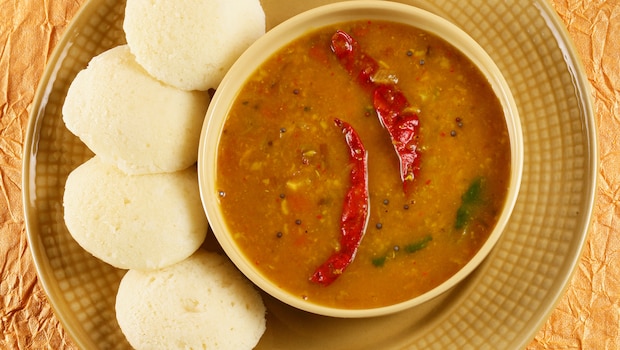
Photo Credit: iStock
How To Cook Rasam And Sambar For Weight Loss
- Use fresh tomatoes and vegetables for maximum flavour and nutrition.
- Adjust spice levels rather than adding oil or ghee.
- Soak lentils before cooking to reduce cooking time and improve digestibility.
- Add a squeeze of fresh lime to rasam for a tangy boost without calories.
- Combine cooking with meal planning: pair rasam with brown rice or sambar with whole-grain idlis for balanced nutrition.
- Practice portion control to maintain calorie goals.
Serving Suggestions And Meal Ideas
- Rasam: Enjoy as a light soup, with a small portion of steamed rice, or as a starter before meals.
- Sambar: Pair with brown rice, whole-grain idlis, or dosas for a filling, protein-rich meal.
- Combine with salads or lightly roasted vegetables to increase fibre and vitamins without adding excess calories.
Common Mistakes That Reduce Weight-Loss Benefits:
- Adding coconut milk or excess oil to sambar.
- Overloading rasam with sugar or salt.
- Pairing with fried or processed foods instead of whole grains.
Also Read: How To Make Authentic Vatha Kulambu -Sambar's Spicier Cousin That Deserves A Spot In Your Meals
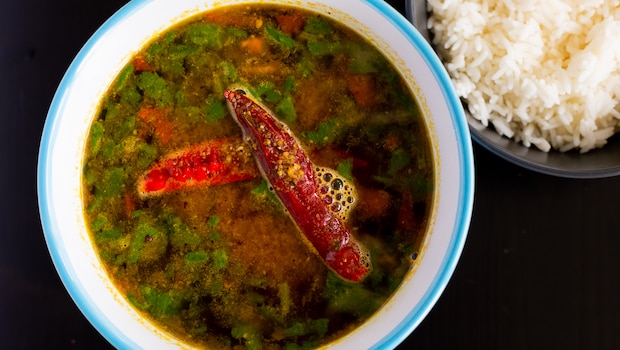
Photo Credit: iStock
Here's A Brief Guide To Making Sambar And Rasam:
Sambar:
- Cook dal and veggies together.
- Add sambar powder and tamarind extract for flavour.
- Temper with oil, mustard seeds, and curry leaves.
Rasam:
- Boil water with rasam powder and tamarind extract.
- Temper with ghee or oil, mustard seeds, and cumin seeds.
- Garnish with curry leaves and coriander leaves.
The Bottom Line:
Both tomato rasam and sambar are nutritious and versatile. Tomato rasam is ideal for lighter meals and weight-loss-friendly diets, while sambar is perfect for more substantial, nutrient-rich meals. By following simple cooking tips, pairing with the right foods, and practising portion control, you can enjoy both dishes without compromising on health or flavour.



